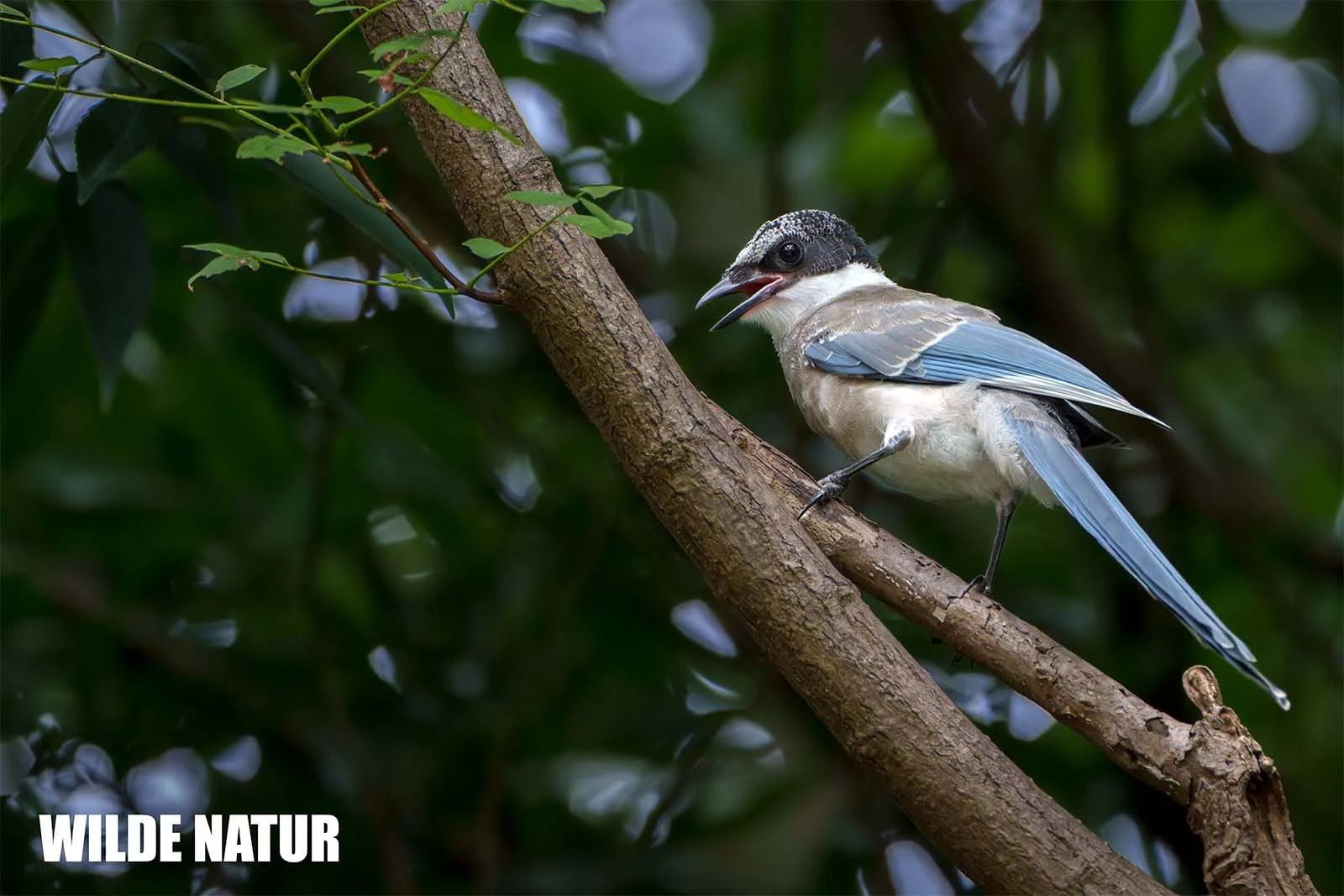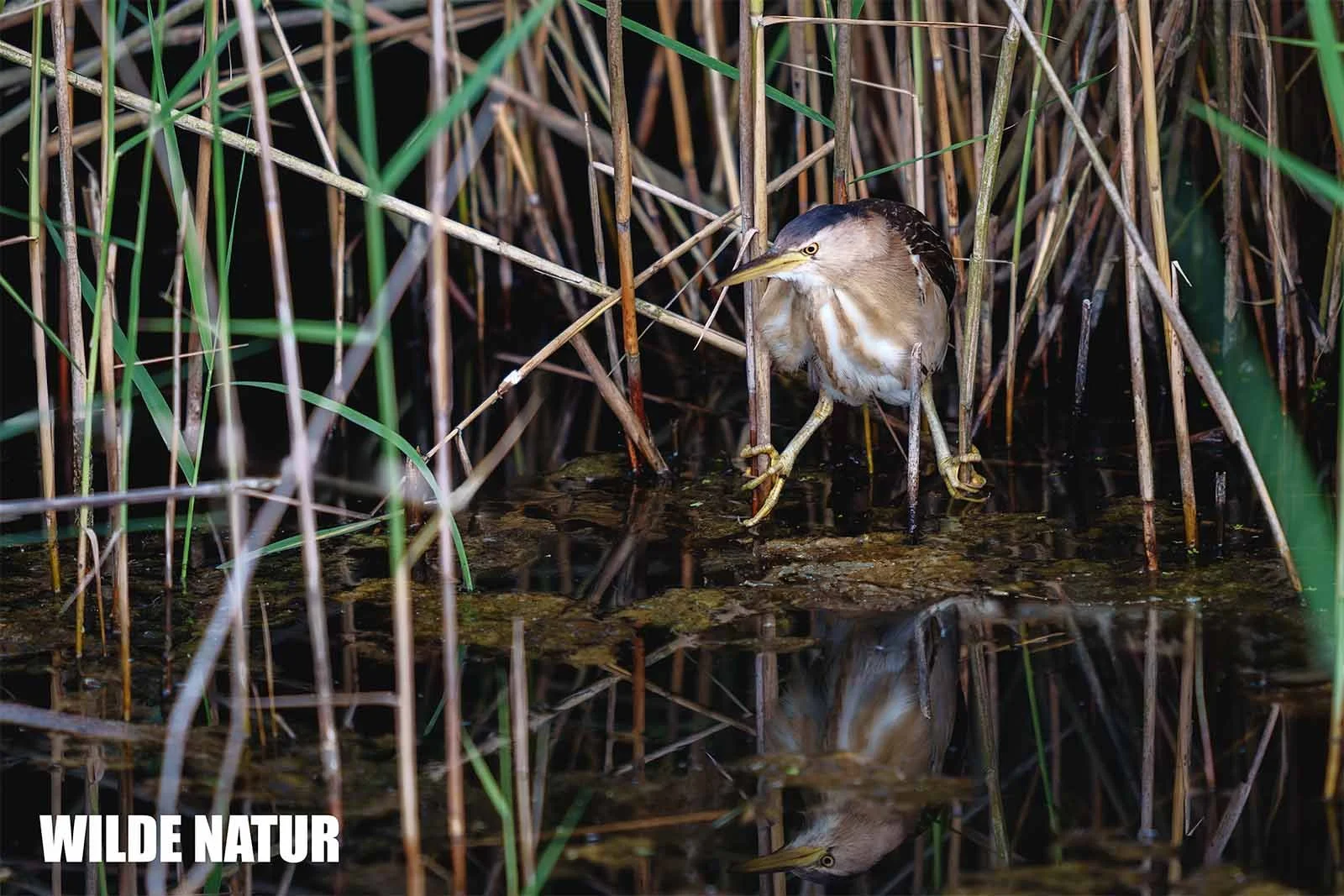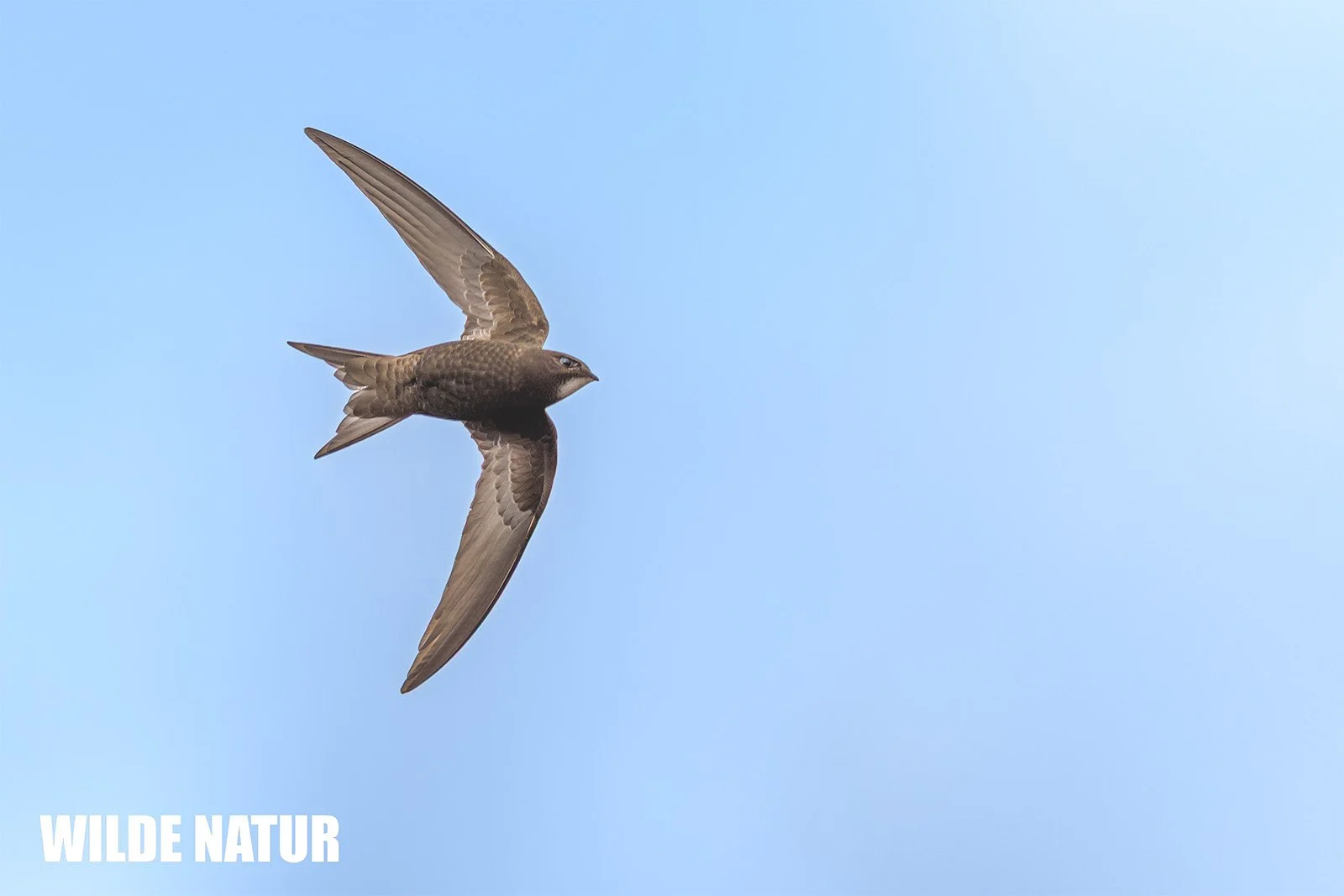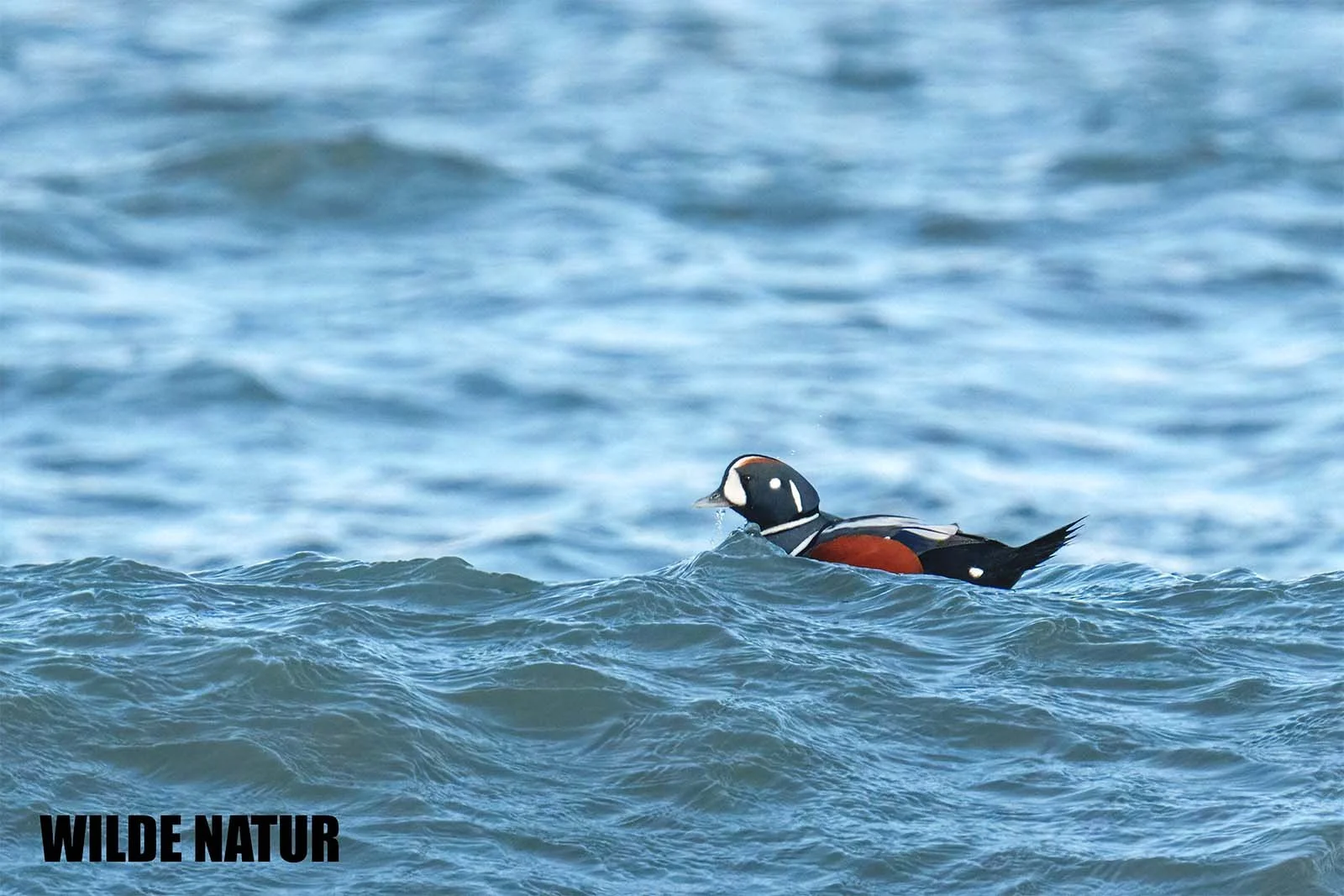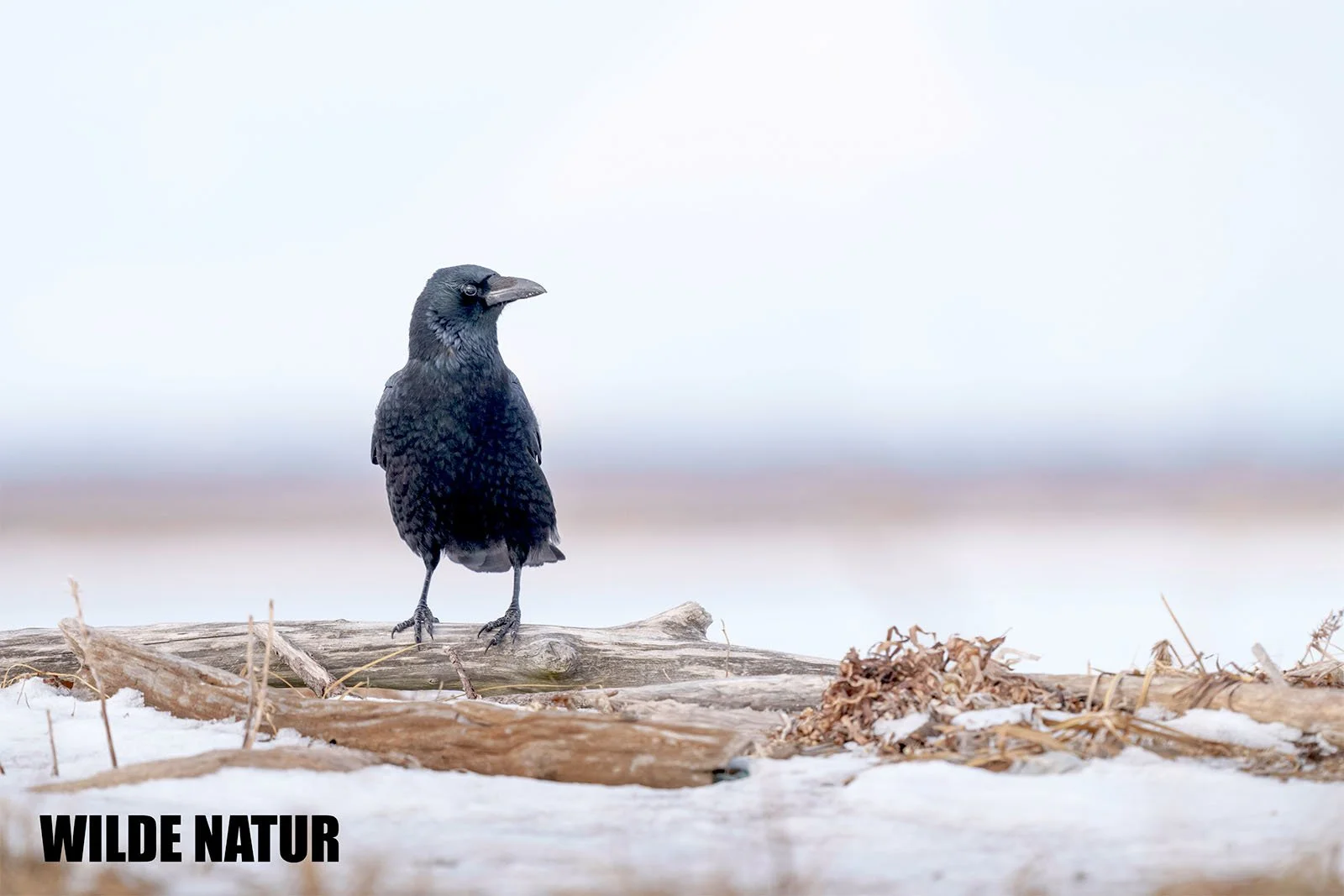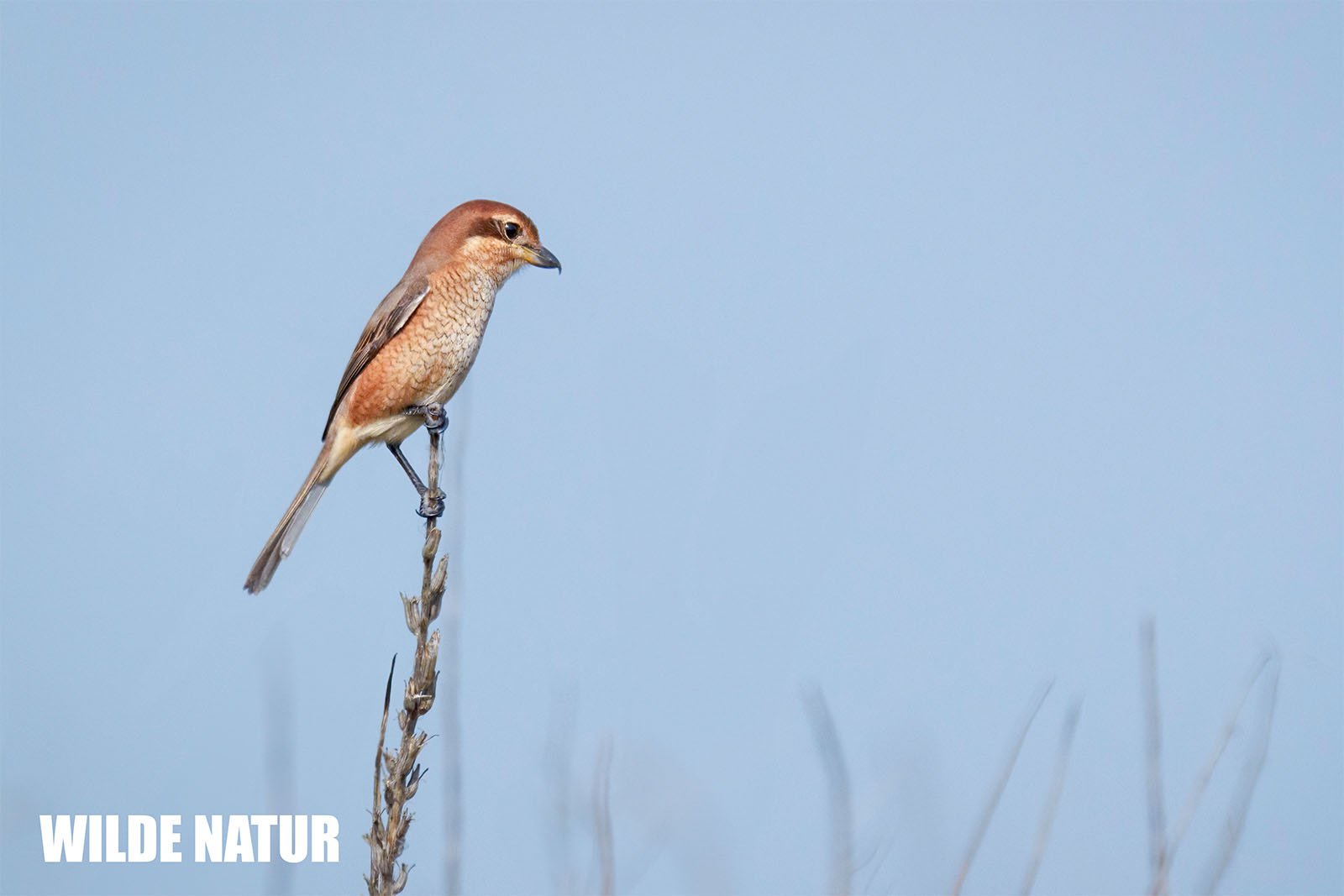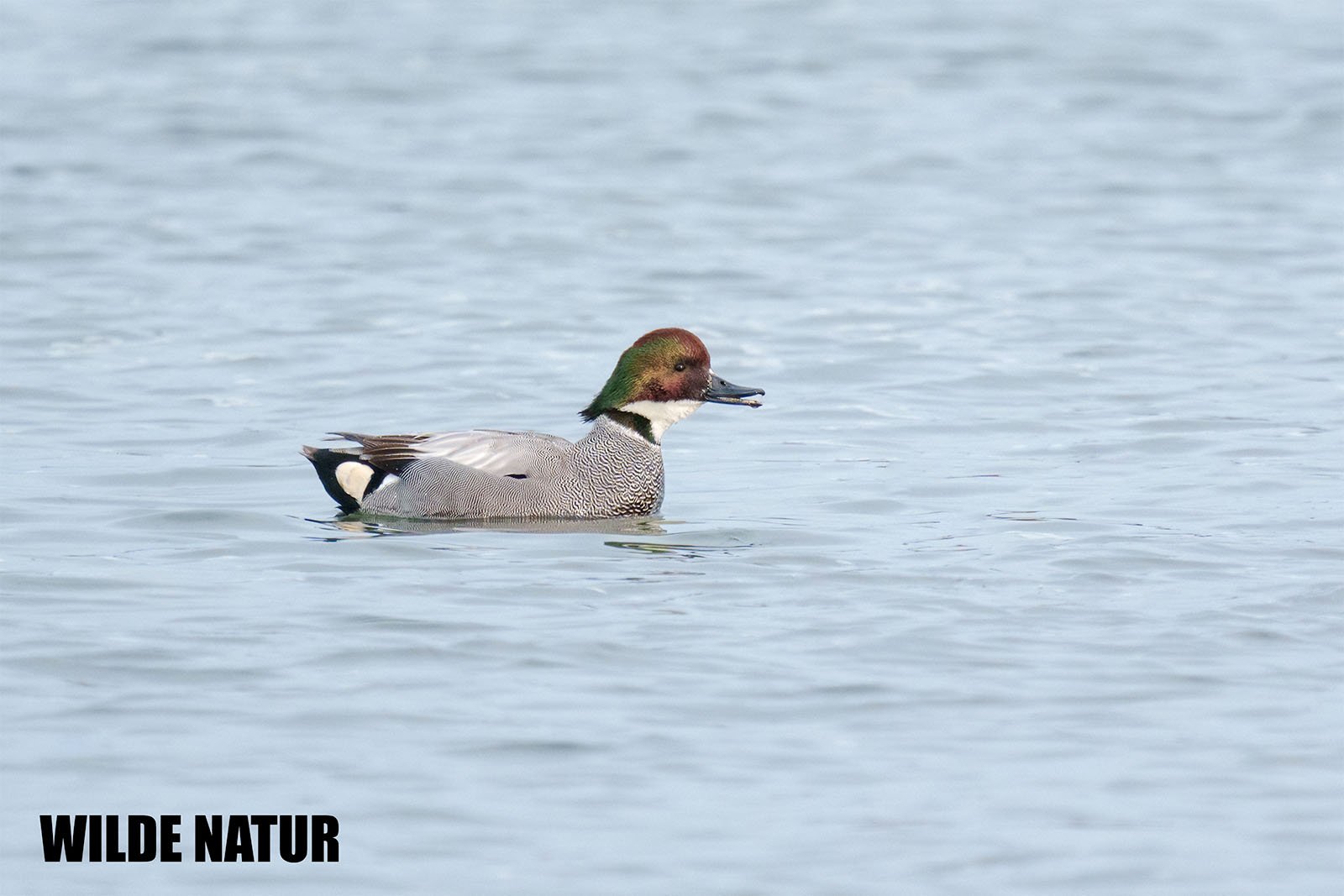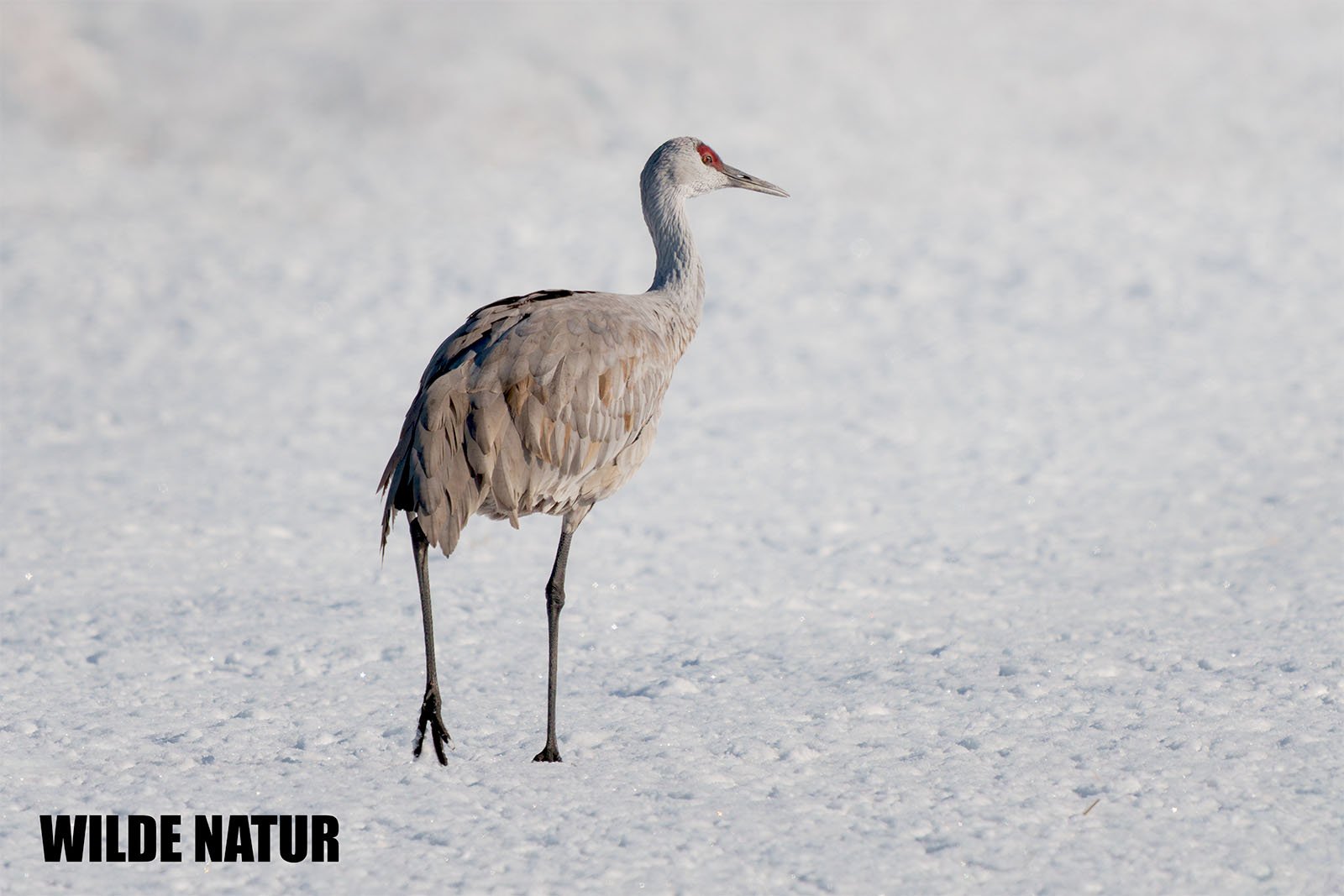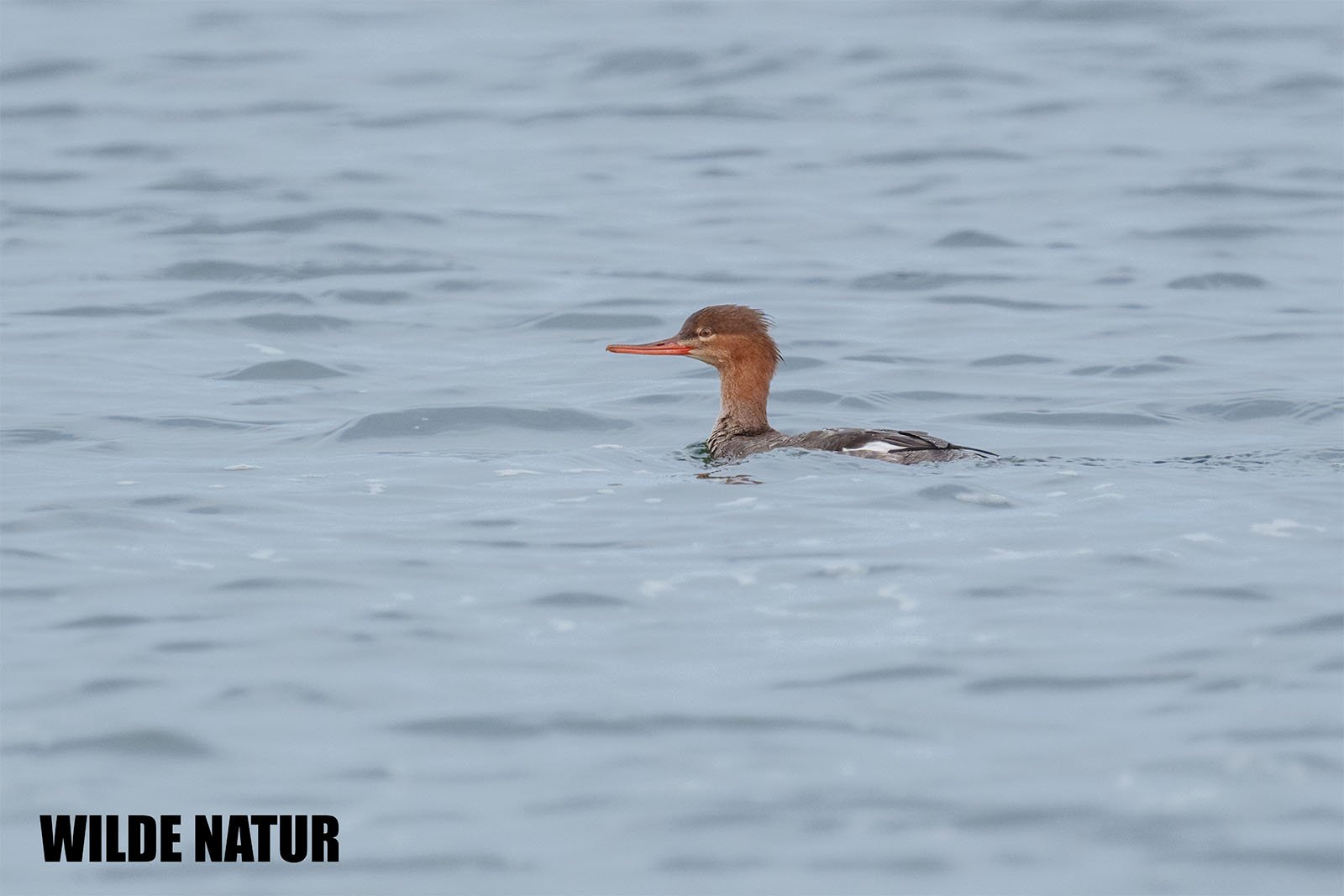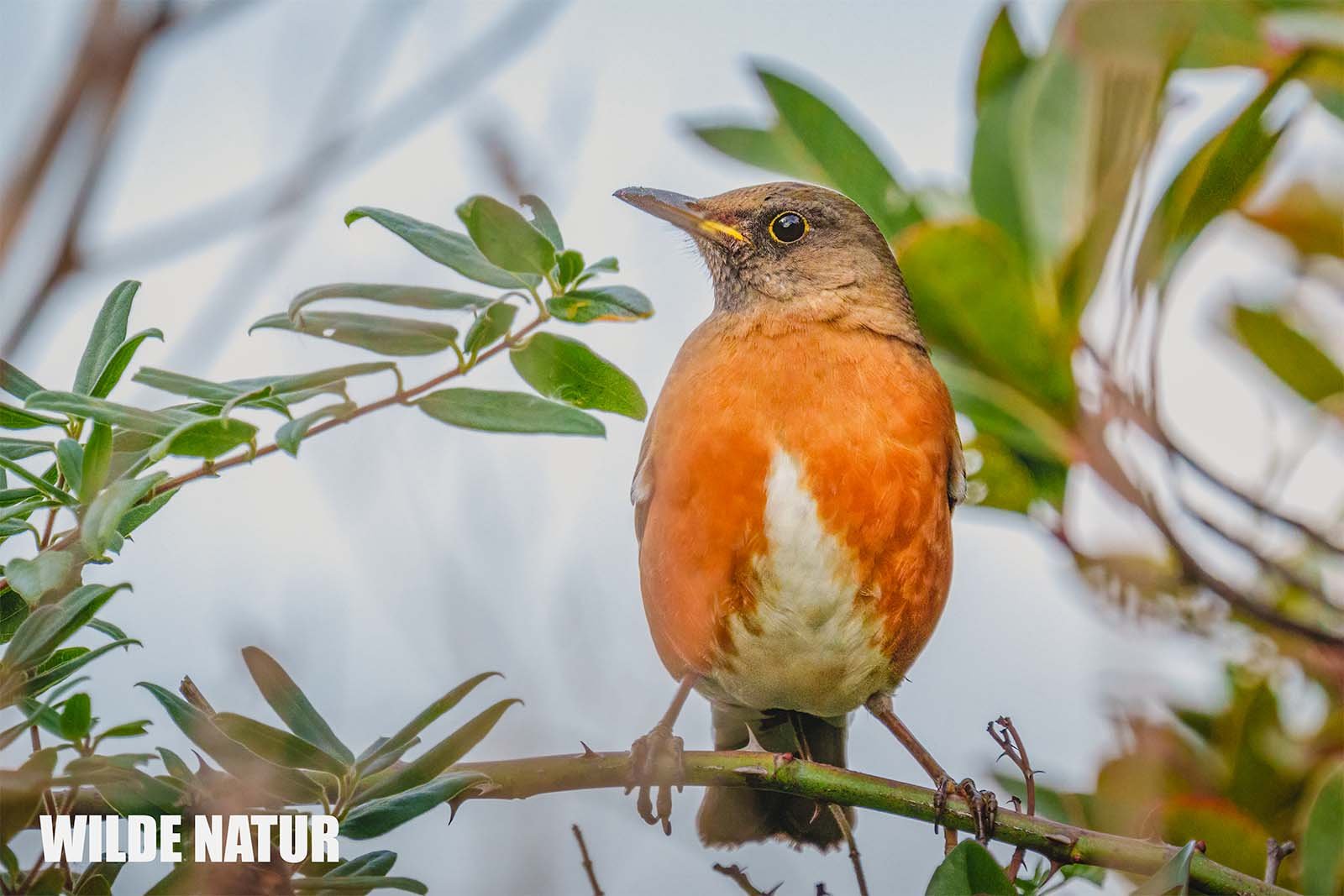Oriental greenfinch (Chloris sinica)
Oriental greenfinch (Chloris sinica)
Oriental Greenfinch - The Colorful Resident Bird of Japan
Shortlist - Key Facts Overview
- Scientific Name:Chloris sinica
- Common Name (English): Oriental Greenfinch, Grey-capped Greenfinch
- Size: approx. 14 cm
- Weight: 20 - 25 g
- Color: Olive green with a grey head and yellow wing edges
- Beak: Short, thick, pale flesh-colored
- Diet: Seeds, also insects in summer
- Breeding Season: Spring to early summer
- Clutch Size: 3 - 5 eggs
- Habitat: Forests, fields, gardens, forest edges
- Year-round Occurrence: Year-round in Japan
- Migration Behavior: Resident bird
- Population Status: Common, not endangered
Table of Contents
- Introduction
- Appearance and Identification
- Distribution and Habitat
- Diet and Behavior
- Reproduction and Parenting
- Migration and Seasons
- Conservation Status and Population
- Descriptive Summary for the Visually Impaired
- FAQ - Frequently Asked Questions About the Oriental Greenfinch
Introduction
A burst of color with a grey cap - that's how the Oriental Greenfinch appears when it displays its yellow wing edges in flight. In Japan, it’s a common sight in parks and along forest edges. However, it's far from boring. Despite its commonality, iz's worth taking a closer look. This small finch not only has a powerful beak but also surprisingly versatile behavior.
Appearance and Identification
The Oriental Greenfinch is compact in build. It measures about 14 centimeters, roughly the length of a pencil, and weighs around 20 to 25 grams - about the same as a small apple.
Its Plumage:
- Base color: Olive green, ideal for camouflage in branches
- Grey crown and neck - hence the name Grey-capped Greenfinch
- Bright yellow wing and tail edges, which stand out especially in flight
- Underparts lighter, yellowish-olive
- Beak: thick, conical, pale flesh-colored
- Legs: rosé brown
- Eyes: deep dark, almost black
A bird that stands out with its colors while also being well camouflaged, depending on whether it is sitting or flying.
Distribution and Habitat
The Oriental Greenfinch is a true native bird of Japan, residing there year-round.
It prefers:
- Deciduous and mixed forests in lowland and mid-elevation areas
- Hedge landscapes, parks, and gardens, especially near urban areas
- Field edges and rural areas, with abundant seed sources
- Forest edges with dense vegetation Especially in winter, it can also be observed near settlements - where food is easy to find.
Diet and Behavior
Its powerful beak is no accident: The Oriental Greenfinch is a seed specialist.
It loves seeds from:
- Wild herbs
- Grasses
- Trees In summer, its diet is supplemented with small insects - a welcome protein source during the breeding season. Typical behavior while foraging:
- Often on the ground or in low bushes
- Solitary or in pairs during summer
- Group formation in winter: multiple birds search for food together Anyone offering food stations in their garden during winter might have a regular visitor in the form of this finch.
Reproduction and Parenting
The breeding season begins in spring and lasts until early summer.
The following features are typical:
- Nests are well-hidden, usually in bushes or small trees
- Nest shape: bowl-shaped, made of twigs, grass, and roots
- Interior: soft padding for the comfort of the chicks
- Clutch size: 3 to 5 eggs
- Incubation period: about two weeks
- Both parents feed the young - teamwork is essential After hatching, the chicks stay in the nest for about 14 days before becoming fledglings.
Migration and Seasons
The Oriental Greenfinch is a resident bird - meaning: it stays in its territory year-round.
It doesn’t exhibit true migration behavior. However:
- In colder regions, it migrates to lower elevations in winter
- In warmer areas, it remains active in gardens - it tends to avoid frost rather than travel long distances
Conservation Status and Population
Good news: The Oriental Greenfinch is considered not endangered. It is common and widespread in Japan. Why?
- It is adaptable - even urban areas don't pose a problem
- Its diet is diverse and robust - it doesn't require specialized habitats
- Its breeding behavior is flexible - nests are built where protection and food are available
Descriptive Summary for the Visually Impaired
Imagine a small, sturdy bird with an olive-green body. On its head sits a grey cap - subtle but unmistakable. Its yellow wing and tail edges flash in flight like brushstrokes on a green background.
The beak appears like a small, pale flesh-colored cone - made for cracking tough seed shells. Its legs are soft pink, and the eyes shine dark like smooth pearls. It prefers to sit quietly in bushes, barely noticeable - until it takes flight, disappearing in a bright streak.
FAQ - Frequently Asked Questions About the Oriental Greenfinch
1. Is the Oriental Greenfinch native to Japan? Yes, it is a typical resident bird of Japan, living there year-round.
2. What does the Oriental Greenfinch eat? Primarily seeds - from weeds, trees, and grasses. In summer, supplemented with small insects.
3. Where can I find the bird most often? In forests, parks, gardens, and forest edges, especially at lower elevations.
4. How can I identify the Oriental Greenfinch in flight? By its yellow wing and tail edges, which are particularly noticeable in flight.
5. Is the Oriental Greenfinch endangered? No, it is common and widespread - its population is stable.




